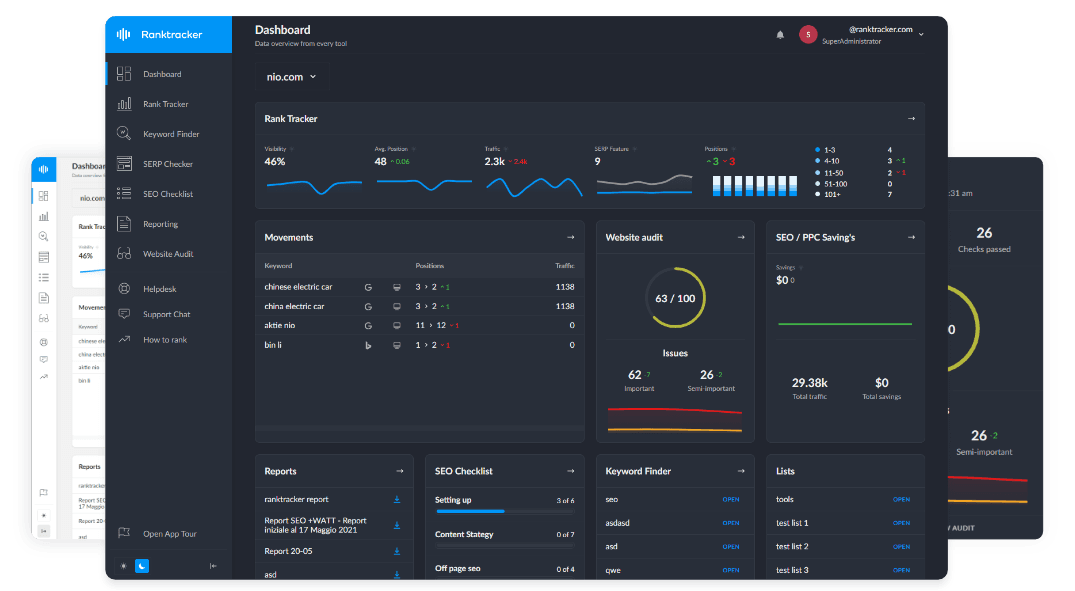Intro
Link building remains one of the most powerful SEO tactics in 2025—but also one of the riskiest if you choose the wrong provider. Bad link building services don’t just waste your budget—they can damage your rankings, trigger Google penalties, and destroy long-term trust in your domain.
Here’s how to identify a bad link building agency before it’s too late.
1. They Won’t Show You Sample Links
Any legitimate provider should be willing to share recent link samples. If they refuse or send vague screenshots:
-
The links are likely from spammy or deindexed sites
-
They may be using PBNs or link farms
-
You can’t verify traffic, relevance, or placement
Always ask to inspect real, live links—preferably from your niche.
2. They Offer Massive Link Volume for Tiny Prices
If someone is selling 100 links for $50, it’s a scam—or worse, a penalty waiting to happen.
-
Bulk links are usually spammy, irrelevant, or AI-generated
-
Many come from the same network or duplicated content
-
They might inflate domain metrics to mislead buyers
Cheap links aren’t bad by default—but extreme volume for ultra-low cost is a serious red flag.
3. You Have No Control Over Anchor Text or Target URLs
Bad providers use generic link-building methods with no customization.
-
You can’t specify what anchor text to use
-
You don’t get to choose the page being linked
-
They blast out generic content with exact-match spam
This leads to over-optimization and irrelevant links that dilute your strategy.
4. The Sites Have No Organic Traffic
Many bad agencies use domains with high DR but no real traffic.
-
The sites might be part of expired PBNs
-
They’re indexed, but invisible in Google SERPs
-
DR is inflated through manipulative link schemes
Use Ranktracker’s Backlink Checker or similar tools to evaluate a domain’s real organic footprint—not just vanity metrics.
5. They Don’t Disclose Domains Before Publishing
Transparency is crucial. If you can’t preview or approve domains:
-
You won’t know if the sites are relevant to your niche
-
You can’t vet traffic, DR, content quality, or reputation
-
You’re flying blind—and they know it
A good provider offers domain vetting before links go live. Anything less is unacceptable in 2025.
6. Their Own Website Has Terrible SEO
Check how the agency ranks. If they promise rankings but can’t rank themselves:
-
No presence in Google for SEO keywords
-
No original content, blog, or case studies
-
Weak backlink profile or fake testimonials
If they can’t build links that work for themselves, they won’t build them for you either.
7. They Hide Behind Vague Reports
Watch out for shady reporting:
-
“Your links are live” with no metrics, URLs, or screenshots
-
No info on anchor text, placement, or DR
-
No follow-up if a link disappears or gets removed
Trustworthy services provide detailed reporting, including DR, traffic, link type, anchor, and indexation status.
8. The Links Don’t Stick
Low-quality links often disappear within weeks:
-
Sites get deindexed or shut down
-
Editors remove links after discovering they were paid
-
The content violates Google’s policies and is penalized
Good providers offer link replacement guarantees if this happens. Bad ones vanish.
Why Ranktracker Is the Safe Choice in 2025
Ranktracker avoids every red flag listed above. Here’s what makes it different:
-
100% manual outreach to vetted, niche-relevant websites
-
Transparent domain approval before publication
-
In-depth reporting with DR, traffic, anchor text, and URL
-
Link replacement guarantees and fast turnaround
-
Full access to Ranktracker’s SEO suite: keyword tracking, backlink monitoring, SERP checker, and more
Whether you're scaling SEO for an agency or building links for your brand, Ranktracker provides real, risk-free link building that drives results.
Final Thoughts
In 2025, choosing the wrong link building provider can destroy years of SEO progress. Don’t fall for inflated metrics, bulk promises, or secretive processes. Know the signs, ask the right questions, and choose a service that puts your long-term success first.
Ranktracker is built for SEOs who demand quality, transparency, and performance—without shortcuts or surprises.

